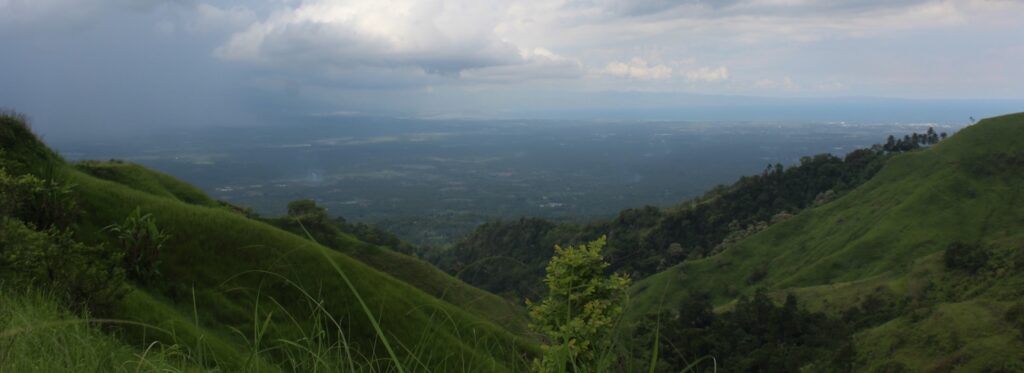Gensan is surrounded by magnificent mountains, but none is more imposing than Mount Matutum, sleeping to the north of the city. This volcanic mountain has shaped life in the region in more than one way. It is a centerpiece of culture and religion, as well as a pillar of the local economy.
Cultural Importance of Mount Matutum
The area around Mount Matutum is inhabited by the Blaan people, who consider the mountain sacred. It features prominently in their oral traditions, folklore, and rituals. Mount Matutum is also believed to be home to ancestral spirits.
Although native beliefs have partially blended with Christianity and Islam, the mountain remains an important site for spiritual refuge and pilgrimage-like journeys.
Symbols of the mountain can be found in Blaan ethnobotany, place names, and indigenous knowledge systems.
Economic Importance of Mount Matutum
The mountain and its surrounding areas are vital agricultural zones. The volcanic soil is extremely fertile, making it one of the breadbaskets of the Philippines. The main crops grown in the area include pineapples, bananas, coffee, and various vegetables. In recent years, there has also been a rise in organic farming and agroforestry.
Additionally, the mountain is a source of wild honey, medicinal herbs, and rattan—often gathered by the Blaan people.
Mount Matutum is also a critical watershed, supplying water to farms and communities in the lowlands.
In recent years, it has become a tourist attraction, offering ecotourism experiences, challenging treks, and numerous resorts where visitors can escape the stress of modern life.
Mount Matutum Biodiversity
Mount Matutum is covered in dense, mossy forests. The type of forest changes with elevation, ranging from lowland rainforests to high-altitude cloud forests.
These forests are home to several rare and endemic species, such as unique orchids, giant ferns, and pitcher plants. Notable tree species include lauan, apitong, and narra.
Over a hundred bird species are native to the mountain. Birdwatchers may spot Mindanao endemics such as the Mindanao bleeding-heart dove, Rufous hornbill, and Yellow-breasted tailorbird. And let’s not forget the highlight— the Philippine eagle, which considers the mountain its personal hunting ground.
There are many other species unique to the area, many of which are still scientifically undescribed.
Despite the immeasurable value of Mount Matutum’s biodiversity, it is threatened by illegal logging, poaching, and agricultural encroachment.
How to Get to Mount Matutum
Tupi is the best starting point for a Mount Matutum adventure. To get there, head to the Bulaong Bus Terminal in Gensan, where buses and vans bound for Tupi run regularly. The ride takes just under an hour.
Once in Tupi, you’ll need to hire a habal-habal (motorbike taxi) to continue your journey. The most common jump-off points are Sitio Glandang and Barangay Kablon. Note: the ride from here can be bumpy.
Since Mount Matutum is a protected area, you’ll need to secure a climbing permit from the Tupi Municipal Hall. The permit costs ₱150 for locals and ₱250 for foreigners. It’s advisable to contact the municipal tourism office at least a day before your climb to avoid delays.
Two of most popular trails are:
- Glandang Trail – More direct and steeper; best suited for seasoned hikers.
- Linan Trail – More gradual and scenic; great for beginners and nature lovers.
The trek to the summit typically takes 6–7 hours. There are campsites at the top where you can spend the night.
Don’t miss the chance to join the “Climb and Plant” initiative, where you can plant a tree as part of your trek and help preserve the forest.
Additional Info
- Best Time to Climb: November to May (dry season)
- What to Bring: At least 3 liters of water, snacks, rain gear, warm clothing, and a tent (if camping)
Final Rule
Respect nature and leave no trace.

